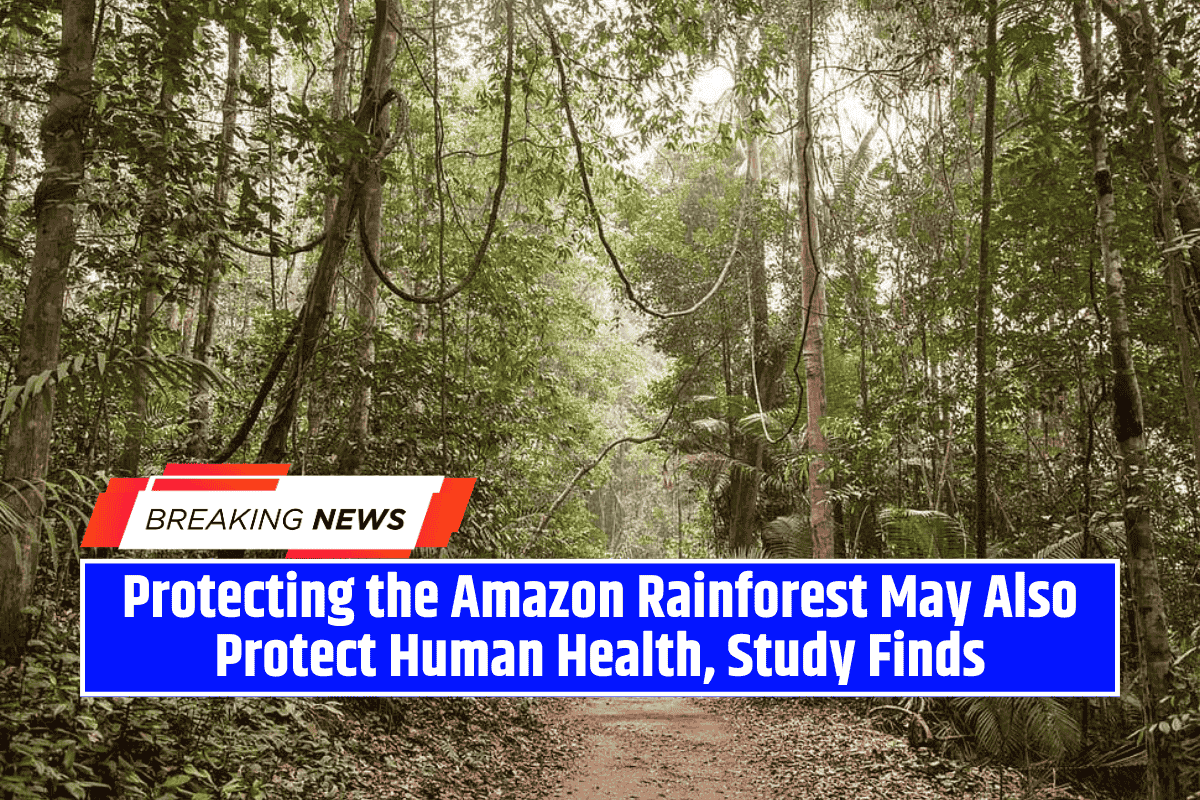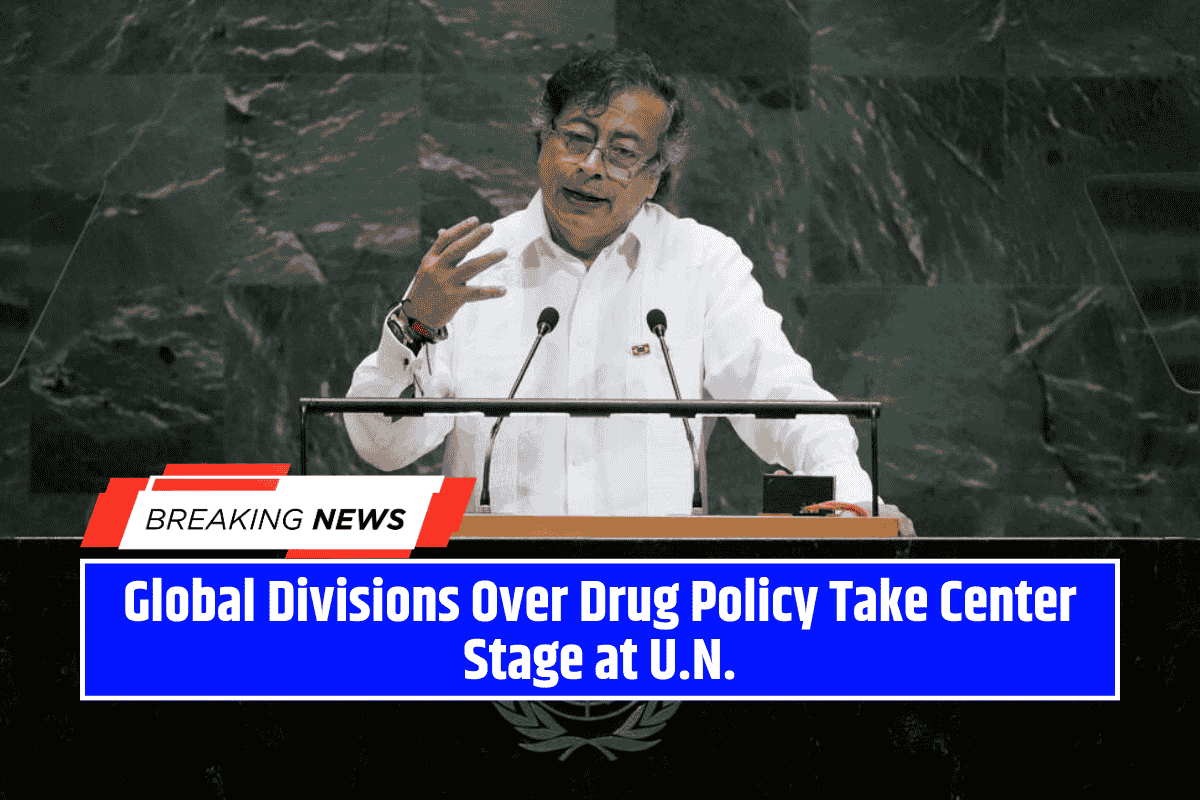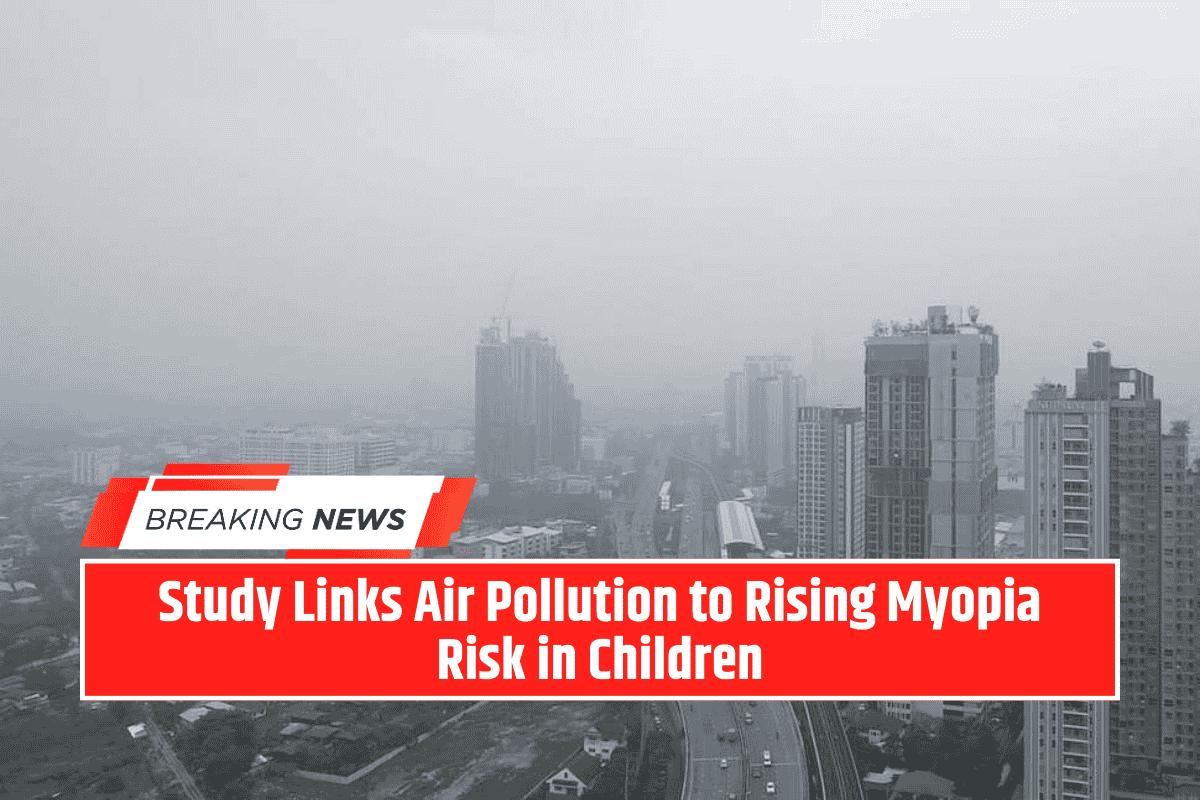The Amazon rainforest is often called the “lungs of the Earth” because of its vital role in regulating the planet’s climate. But a new study shows it may also act as a lifeline for human health — especially when managed by Indigenous communities.
Published on September 11, 2025, in the journal Communications Earth & Environment, the study reveals a powerful link between forest conservation and lower rates of disease.
In areas where Indigenous peoples legally manage the forest, researchers found fewer cases of respiratory illnesses and infectious diseases like malaria.
The Forest-Health Connection
For centuries, Indigenous communities in the Amazon have believed that the health of the forest is directly tied to the health of its people. Now, modern science is beginning to back that up with evidence.
Francisco Hernández Cayetano, who leads the Federation of Ticuna and Yagua Communities of the Lower Amazon in Peru, explained it simply: “Human health and the natural environment are deeply connected.
If governments don’t protect Indigenous rights and lands, it harms not just the forest but also people’s lives.”
Key Findings from the Study
Researchers looked at a wide range of data across Amazon countries, including:
- The quality and health of forests
- Whether Indigenous land rights were legally recognised
- Public health records, especially for diseases like malaria and respiratory infections
The biggest takeaway? Regions with stronger forest cover and Indigenous land protection had fewer disease cases.
One interesting detail was that health benefits seemed to increase when forest cover stayed above 40%. Magdalena Hurtado, a global health expert from Arizona State University, questioned why the threshold was set at 40%. “Why not 35% or a range?” she asked. Still, she agreed the research marked a meaningful step forward.
Why This Research Matters
This study is about more than trees and disease statistics — it touches on bigger issues like land rights, public health, and environmental justice.
Co-author Paula Prist, from the International Union for Conservation of Nature, explained that we need landscapes that offer both economic value and health protection.
“It’s about balance,” she said. “Economic growth is important, but so is creating policies that protect our well-being.”
Broader Impact on Global Research
Experts like Kristie Ebi from the University of Washington say this kind of research can be applied elsewhere too. “These methods could be used to study how ecosystems affect health in other parts of the world,” she noted.
This global perspective shows that the Amazon isn’t just a local or regional issue — it’s part of a worldwide network of ecosystems that influence health, climate, and the economy.
Indigenous Knowledge in the Spotlight
What makes this study particularly special is that it aligns closely with what Indigenous communities have known all along. Cayetano said, “Studies like this help make our ancestral knowledge more visible and precise.”
For Indigenous groups, it’s also a recognition of their crucial role in protecting both biodiversity and human health.
This new research strengthens the argument that protecting the Amazon rainforest isn’t just about saving the environment — it’s also about saving lives. Forests managed by Indigenous communities aren’t only rich in biodiversity, they also provide a shield against disease.
As governments and global organisations create policies around climate, development, and health, they may need to listen more closely to the people who have always lived in harmony with the land. Because when forests thrive, people do too.









